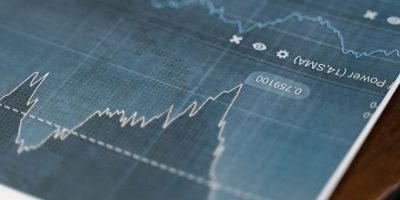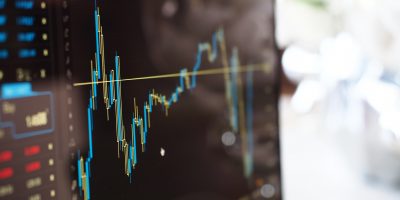Medieval alchemy aimed, among other things, at the transmutation of base metals into gold. Trading based on classical chart patterns, like triangles, head and shoulders, pennants, etc., is a form of modern alchemy because it aims at the transformation of simple geometrical shapes found on price charts into trading signals that generate profits. This fact alone does not imply that chart pattern analysis is useless. This type of analysis has different uses for different people, depending on their level of expertise and even their investing power.
Why Chart Pattern Analysis is not a science
When traders study chart patterns, they are never sure of the outcome. Specifically, it cannot be known in advance whether a chart pattern is a continuation or a reversal pattern. This can only be known with hindsight. Furthermore, the phenomena observed, i.e., the geometric formations on charts due to price action and subsequent price moves, are not reproducible in a laboratory, and thus the outcomes cannot be verified.
These facts contribute to the main reasons for chart analysis being more of a “modern alchemy” than science. In the macrocosm, some laws are confirmed experimentally and given the same initial conditions, the same phenomenon emerges with very high probability, almost certainty. For example, the law that objects fall to the ground with acceleration independent of their mass, the principle of Universal Gravitation, has been confirmed with an accuracy of one part in a trillion in recent experiments. With chart patterns, given the same principle and initial conditions, different phenomena may emerge, for example, an uptrend, a downtrend, sideways action, or any combination thereof. This implies that any efforts to turn chart pattern analysis, or essentially the application of naïve geometry to the study of price action, into a tool for profit resemble those old attempts to turn chemistry into a tool of wealth by converting cheap metals into gold, known as alchemy. This is one reason we cannot also talk about rigid principles of technical analysis or founding principles. There are probably as many principles as presumed or self-proclaimed founders.
Chart analysis is not useless but it can be dangerous
The above-stated facts by no means diminish the value of classical chart pattern analysis. It is only downgraded from the status of a science to the status of an art, if I may call it that. This further means that any gains from such analysis depend on how the individual who is using it perceives reality, her experience, intelligence, and even investment power.
Chart pattern analysis can be elusive when the conclusions reached are based on a mixture of technical and fundamental factors that may influence future price direction. It can even become a dangerous practice when it is used selectively to provide support to conscious or subconscious beliefs about the future direction of prices. Of course, some have devoted time and effort to turning it into an empirical science by analyzing thousands of charts and formations but along the way they have implanted their own rules, and often their results are not reproducible due to the idiosyncrasies of their analysis, which are not disclosed or even understood.
What makes sense and what does not?
It seldom makes sense to state that a certain pattern is a bullish or bearish formation without any other details. Knowing that, the “founders” of technical analysis invented the trick of confirmation of moves. This trick says essentially that a certain pattern is bullish until proven so—a circular definition. This circularity is often the cause of losses for beginner traders who underestimate the value of timing positions. Specifically, by the time most chart patterns are confirmed, a good part of the profit has already been realized by those who, by their actions, caused the formation of the patterns in the first place, unintentionally or even intentionally, leaving the rest to fight volatility. Thus, the concept of confirmation does not make any sense to those who underestimate the value of market timing.
It makes a lot of sense to talk about win rates and other statistics, like the frequency of occurrence and payoff ratios of specific chart patterns. Coming up with accurate figures is a difficult task but that is where the added value is hidden. Knowing that a certain pattern has appeared 100 times in the history of a security or a group of related securities and that 80 out of those 100 times it signaled a correction is very useful information. However, extracting this type of information from price action is not a trivial task. It is much easier to say, “Hey, we got a head and shoulders formation here.” The answer of any person with the minimum educational background to such statements should be: “So what? Just tell us how many times in the past such a pattern has formed in this and other securities and what the outcome was. Otherwise, keep quiet.”
The time that people believed in alchemy was over. So is the time when traders believed that by looking at a chart and drawing a few lines on it, one could become wealthy. Now it is the era of computers that can perform all kinds of quantitative analysis quickly. Chart pattern analysis can be turned into a useful tool using technology but such practice has little relation to classical chart analysis or the visual identification of isolated geometrical formations on charts for forecasting market moves.
~
Read the full disclaimer here.






